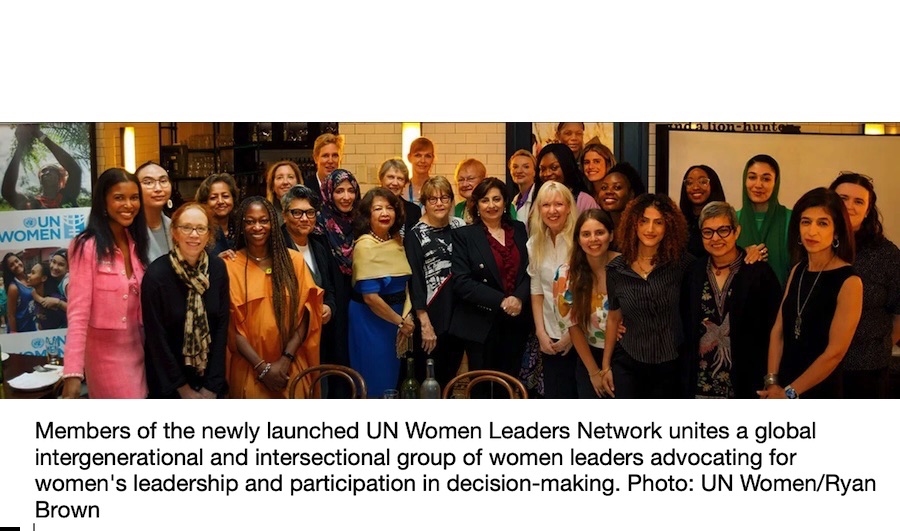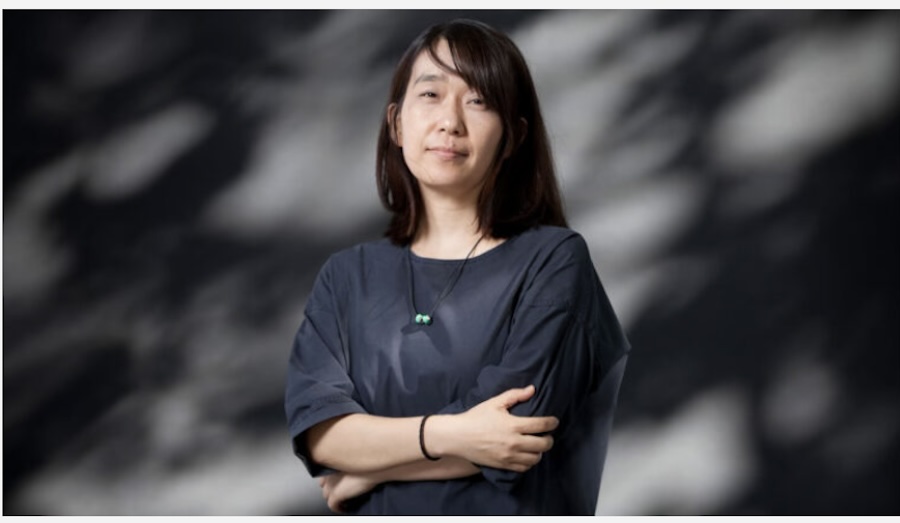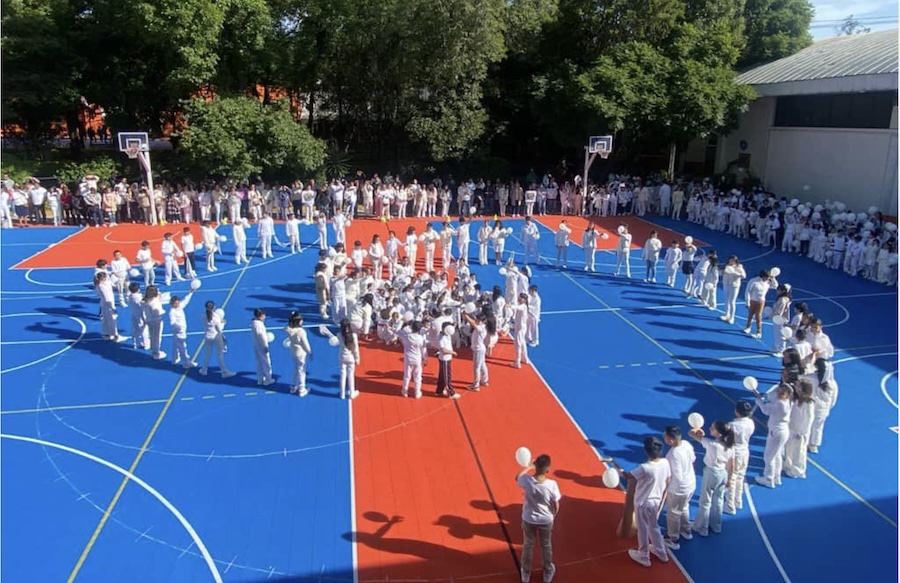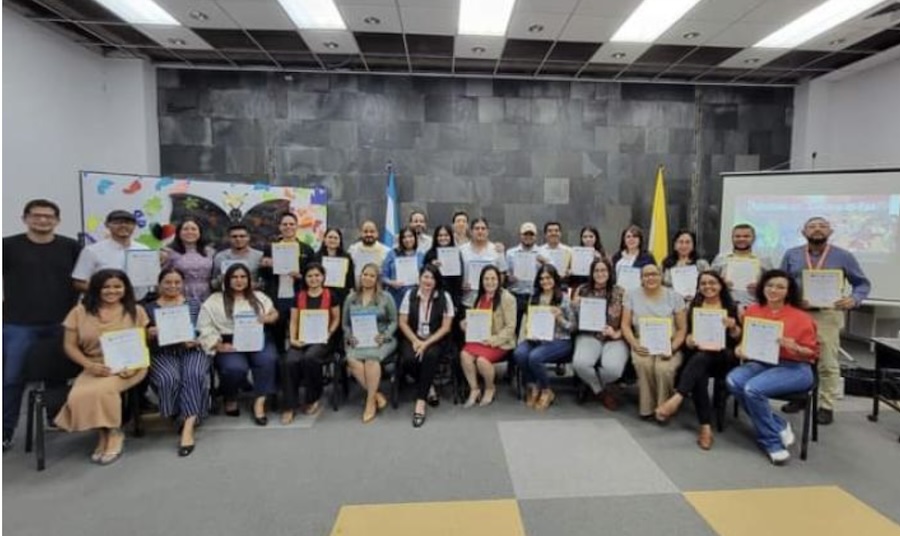. . SUSTAINABLE DEVELOPMENT . .
An article from United News of India
The 16th BRICS Summit saw the leaders adopt the Kazan Declaration: “Strengthening Multilateralism For Just Global Development And Security” on Wednesday (October 23).
(Editor’s note: Click here for the full text of the Kazan Declaration as published by the Kremlin. In case this becomes unavailable, the full text may be found here as published by the government of India. See below for list of countries attending the Summit.)
The leaders reiterated the importance of further enhancing BRICS solidarity and cooperation based on their mutual interests and key priorities and further strengthening our strategic partnership.
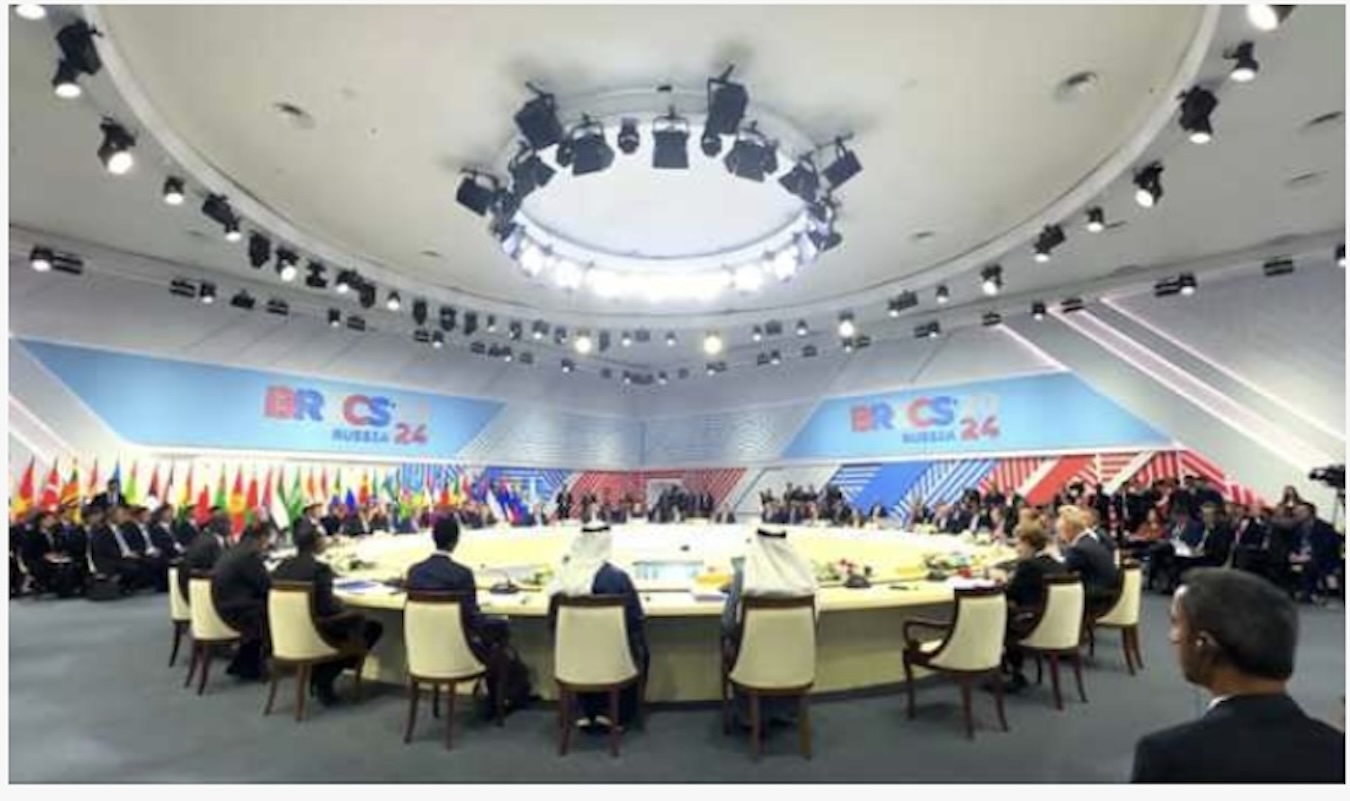
They reaffirmed their commitment to the BRICS spirit of mutual respect and understanding, sovereign equality, solidarity, democracy, openness, inclusiveness, collaboration and consensus.
“As we build upon 16 years of BRICS Summits, we further commit ourselves to strengthening cooperation in the expanded BRICS under the three pillars of political and security, economic and financial, cultural and people-to-people cooperation and to enhancing our strategic partnership for the benefit of our people through the promotion of peace, a more representative, fairer international order, a reinvigorated and reformed multilateral system, sustainable development and inclusive growth.”
Under the head Need for reform of global institutions, it said:
The Bretton Woods international financial system’s institutions, including the World Trade Organization, should be reformed to better represent developing countries’ interests.
BRICS opposes “unilateral, prohibitive, discriminatory and protectionist” measures taken under the pretext of fighting global climate change, including carbon emissions adjustment mechanisms and taxes.
BRICS supports comprehensive reform of the United Nations, including the Security Council, to make it more representative, and notes its centrality in the system of relations between nations.
Under New initiatives, it said:
BRICS members recognize the potential of information and communication technologies in bridging the digital divide between nations to aid socio-economic development.
BRICS intends to transform the New Development bank to serve the needs of the 21st century.
BRICS supports the creation of a New Technology Platform to strengthen development cooperation, including by creating high-tech products using domestic technological potential to fuel ” sustainable and inclusive”growth.
The organization agrees to explore the creation of an independent cross-border settlement and depository infrastructure known as BRICS Clear.
BRICS is ready to strengthen cooperation to develop medicines, including vaccines and nuclear medicine projects.
BRICS welcomes the creation a united transport and logistics platform.
The declaration supports Russia’s proposal to create a Grain Exchange to “promote rules-based trade in agricultural products and fertilizers and minimize disruptions.”
(Article continued in the right column)
What is the contribution of BRICS to sustainable development?
(Article continued from the left column)
Under Expanding cooperation:
The declaration welcomes the expanded use of national currencies for transactions between BRICS members and their trade partners.
The document highlights the importance of expanding cooperation based on common interests and further building up strategic partnerships among BRICS members, and continuing to implement the bloc’s Economic Partnership Strategy.
The bloc welcomes interest shown by countries of the Global South toward BRICS, and calls for greater participation of the least developed nations, especially in Africa, in global processes.
Under Opposing global crises:
The document “condemns”the illegal use of discriminatory and politically motivated sanctions and highlights their negative impact on the world economy.
BRICS is opposed to the deployment of weapons in outer space, and supports strengthening the global non-proliferation and disarmament regimes, and implementing a Security Council resolution on measures to prevent WMDs from falling into the hands of terrorists. It calls for strengthened ties between law enforcement to aid in the fight against narcotics.
Bloc members outlined their positions on the Ukrainian crisis, and took note of proposals for mediation to bring the conflict to a conclusion through negotiations.
BRICS expressed support for Palestine’s full-fledged membership in the UN.
The declaration condemns Israel’s attack on UN employees in Lebanon, and the pager terror attack of September 17.
BRICS welcomes the creation of a Haitian Transitional Presidential Council and electoral council to resolve the crisis plaguing the Caribbean nation.
BRICS expresses concern over the escalating violence and worsening humanitarian situation in Sudan, and called for a ceasefire.
The declaration criticizes the politicization of human rights, and double standards in this area.
It also expressed opposition to all forms of discrimination in sports.
– – –
Editor’s note: A press survey by CPNN found the following participation by countries in the Kazan conference.
Heads of state came from 27 countries representing almost half of the world’s economy. Chief among them were the heads of state from the five original BRICS countries, Brazil, Russia, India, China and South Africa. The President of Brazil spoke by videoconference and was represented in person by the foreign minister. Heads of state also came from all of the BRICS members added last year, Egypt, Ethiopia, Iran and United Arab Emirates.
The summit decided to invite an additional 13 countries as “partner states”. Algeria, Belarus, Bolivia, Uzbekistan, Kazakhstan, Turkey and Vietnam sent their head of state to Kazan. Cuba, Indonesia, Malaysia and Thailand were represented by their foreign minister, or in the case of Malaysia, the minister of the economy. Only Nigeria, and Uganda were not present.
Eleven other countries sent their heads of state: Armenia, Azerbaijan, Congo, Kyrgyzstan, Laos, Mauritania, Mongolia, Palestine, Tajikistan, Turkmenistan and Venezuela.
To complete the list of the 37 countries at Kazan, four were represented at the ministerial level: Bangladesh, Nicaragua, Sri Lanka and Serbia.
And to complete the list of the 41 dignitaries in the group photograph, there was the Secretary-General of the United Nations, Antonio Guterres, the head of the New Development Bank, Dilma Rousseff, the Secretary-General of the Shanghai Cooperation Organization, and the Chair of the Board of the Eurasian Economic Commission.
– – – – – –
If you wish to make a comment on this article, you may write to coordinator@cpnn-world.org with the title “Comment on (name of article)” and we will put your comment on line. Because of the flood of spam, we have discontinued the direct application of comments.

